
Send your inquiry: sales@cncdsteel.com

Send your inquiry: sales@cncdsteel.com
304L is more corrosion resistant, 304L contains less carbon.304 is widely used, with good corrosion resistance, heat resistance, low temperature strength and mechanical properties; Stamping bending and other good thermal processing, no heat treatment hardening phenomenon (no magnetic, using temperature -196°C~800°C).304L has excellent resistance to grain boundary corrosion after welding or stress elimination. In the case of no heat treatment, can also maintain good corrosion r…

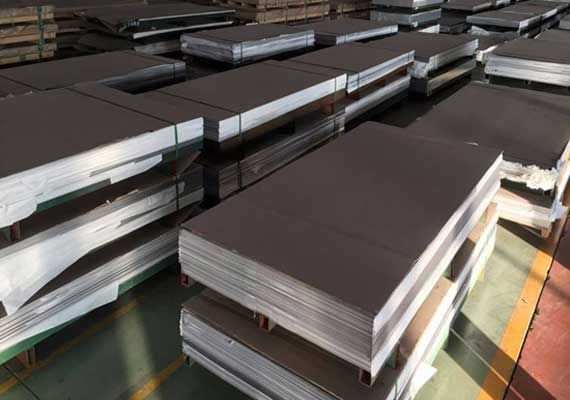
Stainless Steel Sheet
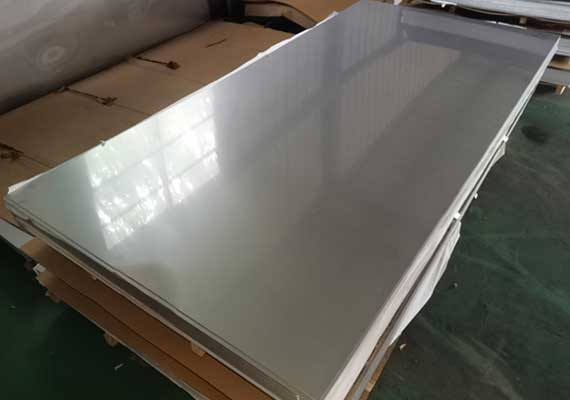
Stainless Steel Sheet
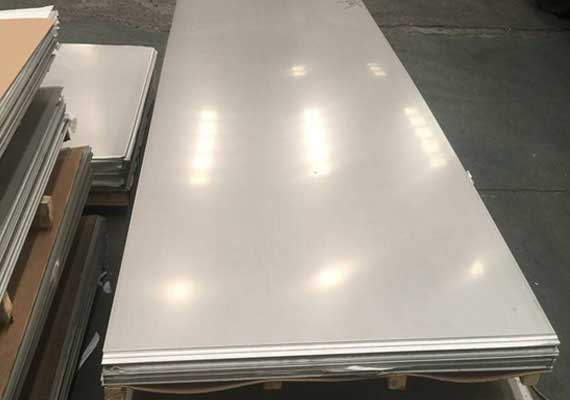
Stainless Steel Sheet
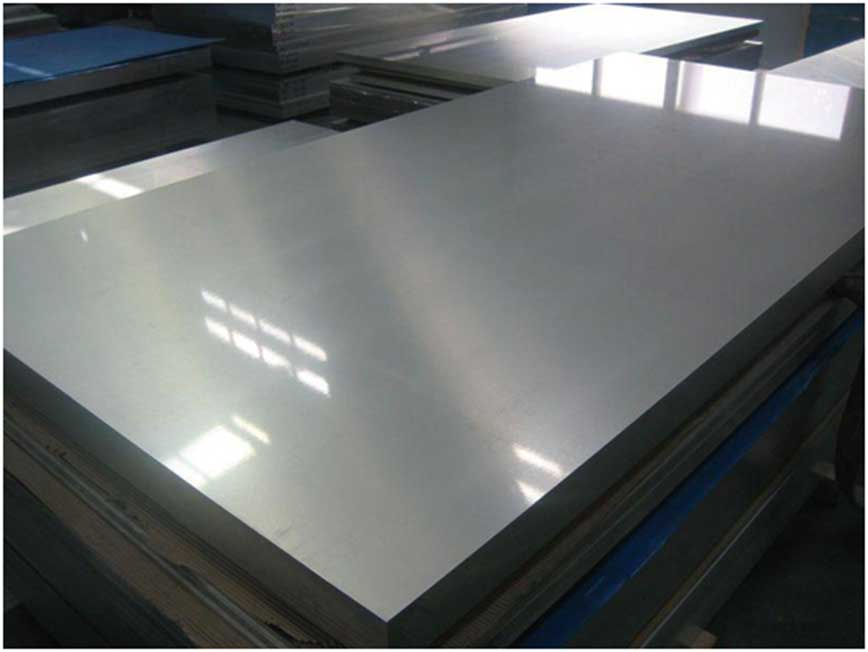
304L is more corrosion resistant, 304L contains less carbon.
304 is widely used, with good corrosion resistance, heat resistance, low temperature strength and mechanical properties; Stamping bending and other good thermal processing, no heat treatment hardening phenomenon (no magnetic, using temperature -196°C~800°C).
304L has excellent resistance to grain boundary corrosion after welding or stress elimination. In the case of no heat treatment, can also maintain good corrosion resistance, using temperature of -196°C-800°C.
Basic situation
According to the microstructure characteristics of steel grades, it can be divided into 5 types: austenite type, austenite-ferrite type, ferrite type, Martensite type and precipitate hardening type. Requirements can withstand oxalic acid, sulfuric acid-ferric sulfate, nitric acid, nitric acid-hydrofluoric acid, sulfuric acid-copper sulfate, phosphoric acid, formic acid, acetic acid and other acids corrosion, widely used in chemical industry, food, medicine, paper making, petroleum, atomic energy and other industries, as well as construction, kitchenware, tableware, vehicles, household appliances and various parts.
Stainless steel plate surface smooth, high plasticity, toughness and mechanical strength, acid, alkaline gas, solution and other media corrosion. It is an alloy steel that is resistant to rust, but not absolutely resistant to rust.
Stainless steel plate according to the method of hot rolling and cold rolling of two, including thickness of 0.02-4 mm thin cold plate and 4.5-100 mm thick plate.
In order to ensure that all kinds of stainless steel plate yield strength, tensile strength, elongation and hardness and other mechanical properties meet the requirements, steel plate before delivery must undergo annealing, solution treatment, aging treatment and other heat treatment
The corrosion resistance of stainless steel mainly depends on its alloy composition (chromium, nickel, titanium, silicon, aluminum, etc.) and internal organizational structure, the main role is chromium element. Chromium has high chemical stability, forming a passivation film on the surface of the steel, isolating the metal from the outside world, protecting the steel from oxidation and increasing the corrosion resistance of the steel. The corrosion resistance of the passivation film decreases when it is damaged.
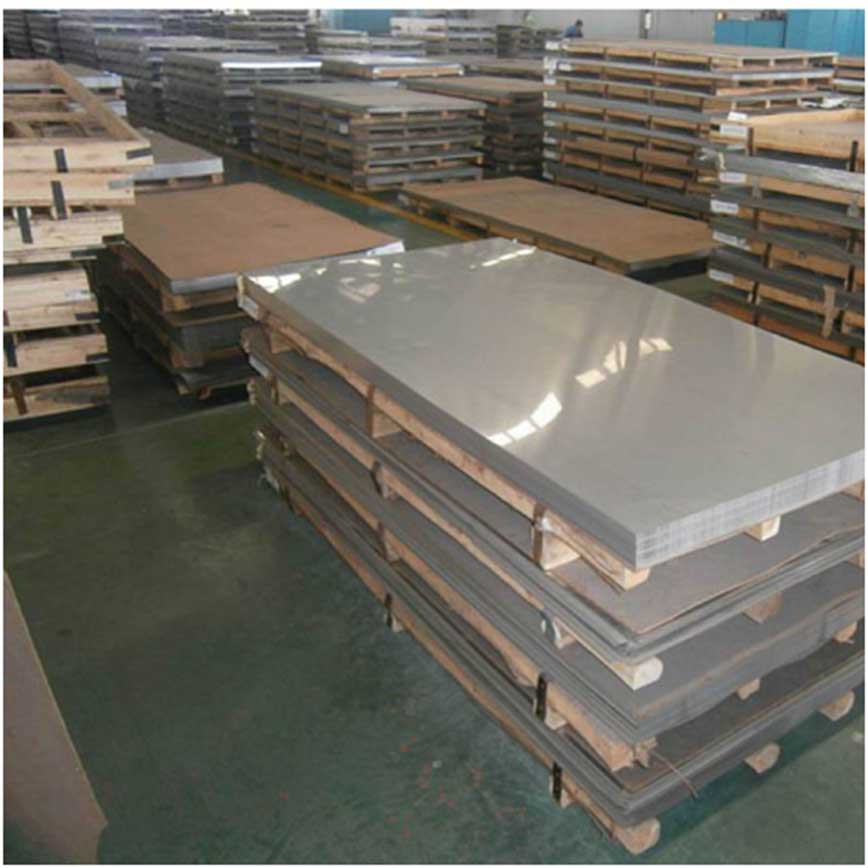
The surface of 304 stainless steel plate is beautiful and the possibility of diversification
304 stainless steel plate
304 stainless steel plate
Good corrosion resistance, durability and corrosion resistance than ordinary steel
High strength, so the possibility of use of thin plate
High temperature oxidation resistance and high strength, so it can resist fire
Normal temperature processing, that is, easy plastic processing
Because do not need surface treatment, so simple, simple maintenance
Clean, high finish
Good welding performance
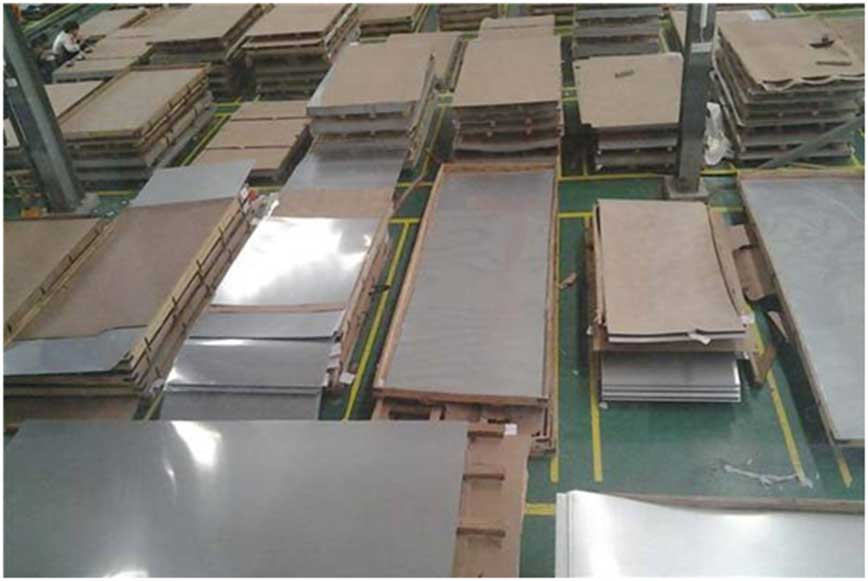
The surface of 304 stainless steel plate is beautiful and the possibility of diversification
304 stainless steel plate
304 stainless steel plate
Good corrosion resistance, durability and corrosion resistance than ordinary steel
High strength, so the possibility of use of thin plate
High temperature oxidation resistance and high strength, so it can resist fire
Normal temperature processing, that is, easy plastic processing
Because do not need surface treatment, so simple, simple maintenance
Clean, high finish
Good welding performance
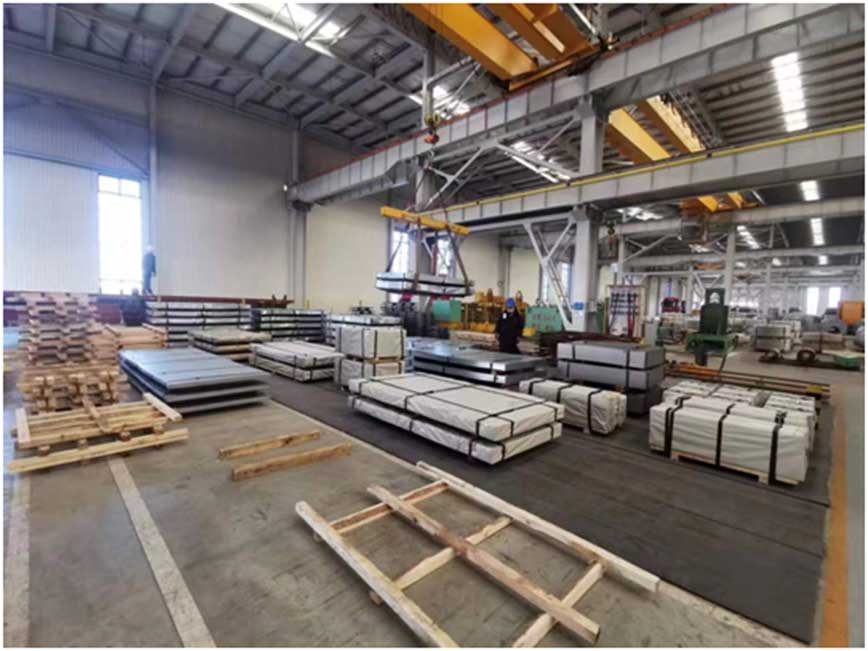
Products are widely used in construction, machinery, coal mining, chemical industry, electric power, railway vehicles, automobile industry, highways, bridges, containers, sports facilities, agricultural machinery, petroleum machinery, prospecting machinery, greenhouse construction and other manufacturing industries
The corrosion resistance of stainless steel coils decreases as the carbon content increases. Therefore, the carbon content of most stainless steels is low, up to 1.2%, and some steels have a low ωC (carbon content) of even less than 0.03% (such as 00Cr12). The main alloying element in stainless steel coil is Cr (chromium). Only when the Cr content reaches a certain value, the steel has corrosion resistance. Therefore, the goods Cr (chromium) content of at least 10.5%. Stainless steel coil also contains Ni, Ti, Mn, N, Nb, Mo, Si, Cu and other elements.
Most of the requirements for use are to maintain the original appearance of the building for a long time. In determining which type of goods to choose, the main considerations are the required aesthetic standards, the corrosiveness of the local atmosphere and the cleaning system to be used. However, other applications are increasingly seeking structural integrity or impermeability. Examples include roofs and sidewalls of industrial buildings. In these applications, construction cost to the owner may be more important than aesthetics, and the surface may not be very clean. The use of 304 stainless steel coils in dry interior environments is quite effective.
Weldability. Different product uses have different requirements for weldability. A class of tableware generally does not require weldability, even including some cookware companies. However, most products require raw materials with good weldability, such as second-class tableware, insulation cups, steel pipes, water heaters, water dispensers, etc.
Corrosion resistance. Most stainless steel coil products require good corrosion resistance, such as Class I or Class II tableware, kitchen utensils, water heaters, water dispensers, etc.
Polishing performance. In today’s society, stainless steel coil products in the production process are generally polished, only a few products such as water heaters, drinking fountains, etc. do not need to be polished. Therefore, this requires raw materials with good polishing performance.
1. The need for pre-treatment
Pretreatment is an important treatment step before the surface of
stainless steel coil parts enter surface treatment (including pickling,
chemical polishing and electrochemical polishing, electroplating,
passivation, black coating, coloring, chemical treatment, etc.). During
the forming process of goods parts, the surface may adhere to oil
stains, burrs, rough surfaces and oxides. Therefore, before surface
treatment, oil stains, burrs, uneven surfaces and oxides must be removed
in order to obtain subsequent satisfactory results through processing.
2. Treatment of removed dirt
Stainless steel coil surface pretreatment in the need to remove the dirt
can be divided into two categories: organic and inorganic substances.
(1) organic dirt. Including mineral oil (such as diesel, oil, paraffin,
gypsum, etc.) and animal oil, vegetable oil (such as soybean oil,
camellia oil, rapeseed oil, lard, butter, etc.). These oils are mainly
from the stainless steel coil zero cattle processing process used in the
lubricant. , cutting oil, quenching oil, polishing paste and polishing
paste, and fingerprints.
(2) Inorganic dirt. Including dirt, dust particles, oxides and other
contaminants generated during the heat treatment process.
3. Pretreatment steps for stainless steel coil parts
(1) The surface is mechanically leveled. Eliminate the roughness of the
stainless steel coil surface, through mechanical polishing and grinding
to achieve a surface finish.
(2) Degreasing. Remove the surface oil and dirt.
(3) Acid washing. Remove the oxides on the surface.
(4) Weak corrosion. Activates the surface to be treated, removes the
surface passivation film, and exposes the metal crystal structure.
Stainless steel is a high-alloy steel, with a large resistance to rolling deformation. In order to carry out high-efficiency and high-precision rolling, rigid rolling mills should be used, generally multi-roller cold rolling mill.
Special welding process is also a feature of cold-rolled stainless steel coil production.
In the production process of cold rolled stainless steel coil, the raw material (hot rolled coil) should be annealed, intermediate annealing should be carried out in the cold rolling process, and the final product should be annealed, so annealing is an important part of the production.
Cold-rolled stainless steel is a high-grade steel products, there are strict requirements for surface quality. Not only are metallurgical defects caused by the previous process not allowed, but also obvious defects caused by the cold rolling process.
Send your inquiry / assessment to Us. Anything need us ,please don’t hesitate contact us here! we will keep it secret for you !

Send your inquiry / assessment to Us. Anything need us ,please don’t hesitate contact us here! we will keep it secret for you !
